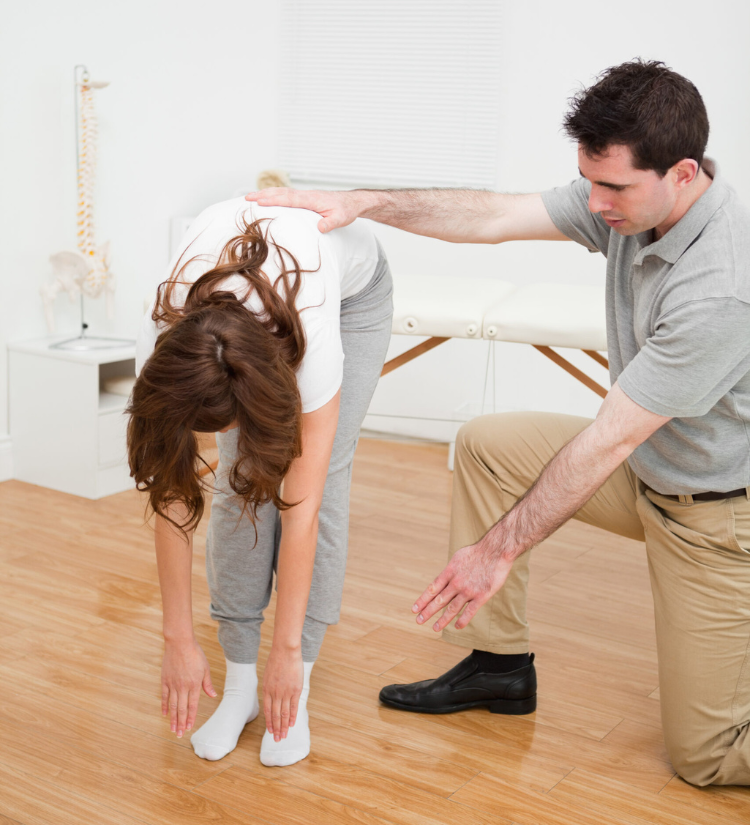 Unlock relief and enhance mobility with our comprehensive guide to Spinal Stenosis Exercise. Tailored to alleviate pain and designed to improve overall spinal health, these targeted exercises offer a proactive approach to managing this progressive condition. Consult with your healthcare provider for personalized advice about Spinal Stenosis Exercise and ensure a safe and effective exercise routine. Continue reading to learn more!
Unlock relief and enhance mobility with our comprehensive guide to Spinal Stenosis Exercise. Tailored to alleviate pain and designed to improve overall spinal health, these targeted exercises offer a proactive approach to managing this progressive condition. Consult with your healthcare provider for personalized advice about Spinal Stenosis Exercise and ensure a safe and effective exercise routine. Continue reading to learn more!
Exercises for spinal stenosis focus on changing the position of your spine to help take the pressure off of the spinal nerves. This can help to decrease your pain and improve your overall mobility.1
This article describes a step-by-step spinal stenosis exercise program similar to one that your physical therapist may prescribe. It focuses on restoring normal mobility to your spine.
Before starting any spinal stenosis exercise program, check with your healthcare provider to be sure that the exercises are safe for your specific condition.
Sustained Lumbar Extension
Some people with spinal stenosis may benefit from bending backward, although it was traditionally thought to be avoided.2 It is theorized that an extension position gently presses against the soft lumbar discs and nudges them away from your spinal canal. This can help give your lumbar nerves a little more room.
To perform the sustained lumbar extension exercise:
- Stand with your feet shoulder-width apart.
- Support your back and bend backward.
- Hold the position for about 60 seconds.
This position may cause an increase in your back pain, as well as leg pain or tingling. If these symptoms subside within 60 seconds, this exercise can be added to your lumbar spinal stenosis home program.
If sustained lumbar extension causes an increase in your symptoms that does not resolve within 60 seconds or so, it should be eliminated from your home exercise program.
Lumbar Flexion in Lying
To start your spinal stenosis lumbar flexion exercise progression, perform the flexion in lying exercise. To do this exercise:
- Lie on your back with your knees bent.
- Slowly bring your knees up to your chest, and grab onto them with your hands.
- Hold this balled-up position for two seconds.
- Release your knees back to the starting position.
- Repeat 10 times before moving on to another exercise.
Seated Lumbar Flexion
To perform the seated lumbar flexion:
- Sit in a firm chair with both feet on the floor.
- Slowly bend yourself forward and reach toward the floor.
- Hold the fully bent position for two seconds. If you need to deepen the stretch, grasp your ankles and give a gentle tug.
- After holding the position for two seconds, release and return to the full, upright seated position.
- Repeat 10 times and then move on to the next exercise.
Standing Lumbar Flexion
Standing lumbar flexion is a great exercise for individuals with spinal stenosis. To do the exercise:
- Stand with your feet apart.
- Slowly bend yourself forward, reaching towards the floor.
- When you are fully bent, hold for two to three seconds.
- Slowly return to the upright standing position.
- Repeat the exercise 10 times.
This exercise can be used to help reduce back pain, as well as leg pain or tingling that may come on while you are out for a walk
Click here to continue reading
Original article published on verywellhealth.com







